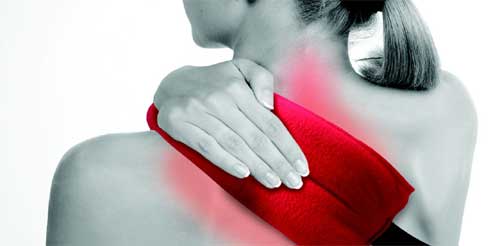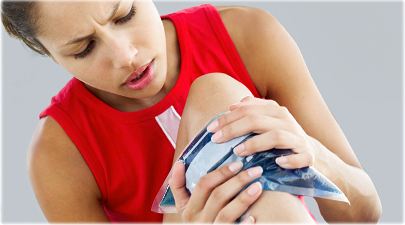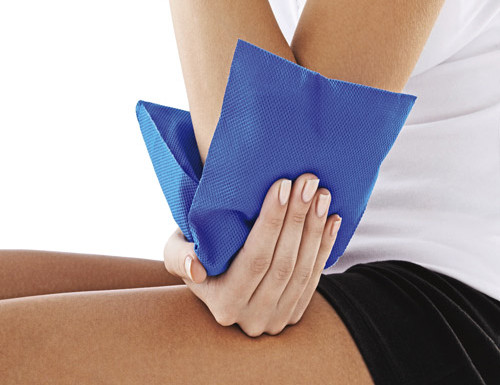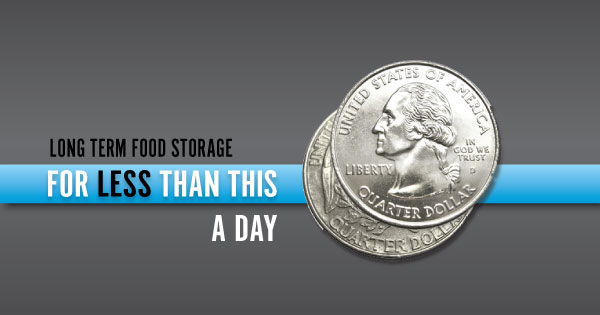When to Use Heat or Cold Compresses
Treating pain with heat or ice are common remedies that are surprisingly effective. However, it’s important to know which method works best for a particular problem. Using the wrong combination can exacerbate pain, cause further injury and turn out to be outright counterproductive. Here’s a brief summary of when to apply heat or ice to an affected area.
Heat Therapy
Heat therapy causes tissue to expand and also promotes the flow of blood and nutrients to the affected area. Heat also causes sweat and this is a great way to release toxins from the body. Think how saunas, steam and hot baths are beneficial when feeling under the weather or to soothe sore and achy muscles. Heat is also recommended after certain dental procedures or to fight an infection because it will facilitate better circulation through the affected area. It also helps to bring medicine into the site while enabling the body to remove bacteria and other contaminants.
Heat therapy is ideal for chronic muscle or joint pain. It can also help to loosen stiff muscles, improve the range of motion in joints and reduce muscle spasms. However, it’s important that you follow some general principles when applying heat to a specific area. You don’t want the heat pack to be hot enough to burn or aggravate an injury. You also don’t want to apply a heat pack directly to the skin. Always use a cloth or piece of fabric to avoid causing the skin to dry out or get too
hot. Another important tip to remember is that heat therapy works best if it is moist as opposed to dry, so use a moist pack or towel to get the maximum benefits.
Cold Therapy
Cold therapy is ideal for dealing with injuries such as a swollen ankle or bump on the head. Cold packs have the opposite effect as heat. They constrict blood vessels and cause the skin to tighten. This reduces the flow of blood and fluids to the affected area, and this in turn can reduce swelling. Cold therapy is common for treating sports injuries or for strains or tears in muscles or ligaments due to trauma.
Cold packs also need to be wrapped in cloth in order to avoid damaging the skin. They should not be applied for more than 20 minutes at a time as well. It’s also important to treat injuries with cold therapy as soon as possible, as it is most effective within the first 24-48 hours.
Remember that using the wrong therapy for a particular problem can actually contribute to more pain and slower healing. Don’t use heat for a swollen ankle, and don’t use cold packs to soothe chronic muscle pain or stiffness. Keep in mind that different people will have varying reactions to both forms of treatment, and their effectiveness will also depend on the nature of the specific problem.
The good news is that heat or cold therapy can compliment medicinal treatments, and it may also eliminate the need for pharmaceuticals as well. At the same time, applying a hot or cold pack should not be considered an alternative to immobilizing an injury and seeking medical attention for an accurate diagnosis and treatment plan.
Try to have a supply of both hot and cold packs on hand, or keep a thermal or ice bag nearby. They are an invaluable asset to have, and using them properly can produce surprisingly-beneficial results.



